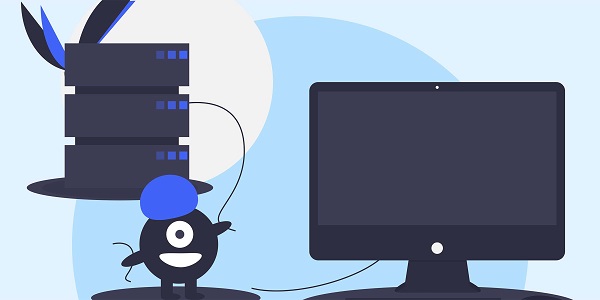Download for your Windows

Puppeteer is a Node.js library developed by the Google Chrome team. It can control the headless browser through API to achieve automated operations such as web page rendering and form submission. In data collection scenarios, Puppeteer often triggers the website anti-crawling mechanism due to high-frequency access, resulting in IP blocking or verification code interception. Proxy IP breaks through geographical restrictions and access frequency restrictions by changing the request source address. IP2world provides products such as dynamic residential proxies and static ISP proxies to provide stable IP resources for Puppeteer automation tasks.
Why does Puppeteer have to be combined with a proxy IP?
The network fingerprint of headless browsers (such as WebGL rendering features and time zone offset) can be easily identified by anti-crawl systems. Continuous requests from a single IP will expose automated behavior characteristics. For example, an e-commerce platform automatically triggers a ban on product detail page visits from the same IP more than 50 times per hour. Proxy IPs not only change the exit address, but also simulate the real user network environment through residential IPs. Dynamic residential proxies switch to different operator IPs each time they connect, and with Puppeteer's userproxy randomization function, automated requests can be disguised as natural traffic.
How to choose the right proxy type for Puppeteer?
The performance indicators of the proxy IP need to match the specific scenario: static ISP proxy latency is less than 100ms, which is suitable for price monitoring tasks that require fast response; dynamic residential proxy covers tens of millions of IP address pools around the world, which is suitable for batch management of social media accounts. When Puppeteer performs operations that require session continuity (such as maintaining login status), the exclusive data center proxy can provide a fixed IP for up to 24 hours. IP2world's S5 proxy supports the SOCKS5 protocol and can be directly integrated into Puppeteer's --proxy-server startup parameter to avoid protocol conversion losses of HTTP proxy.
How to achieve automatic scheduling of dynamic IP pool?
IP pool management needs to solve three core problems: IP availability detection (automatically eliminating nodes with timed-out responses), traffic load balancing (distributing requests by geographic location or operator), and cost control (selecting IPs with different packages based on task priority). Trigger conditions can be set when designing rotation strategies. For example, when Puppeteer detects that the page load time exceeds 8 seconds or returns a 403 status code, it automatically calls the API to change the proxy. IP2world's unlimited servers support an unlimited number of concurrent connections, which is suitable for large-scale collection projects that need to run hundreds of Puppeteer instances simultaneously.
How to fight against anti-crawling systems based on behavioral analysis?
Advanced anti-crawling systems monitor biometric features such as mouse movement trajectory and page dwell time. Randomly adjust the window size through Puppeteer's page.setViewport() and use page.mouse.move() to generate a movement path that conforms to human operation rules to reduce the probability of behavioral model detection. The geographic location of the proxy IP must match the virtual user portrait. For example, when accessing an English news website with a US residential IP, execute localStorage.setItem() through Puppeteer to write the setting parameters that conform to the local time zone. Static ISP proxies can provide geographically accurate IP resources in such scenarios, enhancing the authenticity of data collection.
How to optimize the performance bottleneck of proxy IP?
TCP connection reuse technology can reduce the handshake delay of the proxy server. In Puppeteer, multiple pages can share the same proxy connection by reusing BrowserContext. When processing JavaScript-intensive pages, the high bandwidth characteristics of the exclusive data center proxy can accelerate resource loading. The exception handling mechanism also needs to be improved: set the proxy connection timeout threshold (recommended 5-10 seconds), and automatically retry after capturing the NET::ERR_PROXY_CONNECTION_FAILED error. IP2world provides a real-time availability monitoring panel to help developers quickly locate faulty nodes and adjust proxy configuration strategies.
As a professional proxy IP service provider, IP2world provides a variety of high-quality proxy IP products, including dynamic residential proxy, static ISP proxy, exclusive data center proxy, S5 proxy and unlimited servers, suitable for a variety of application scenarios. If you are looking for a reliable proxy IP service, welcome to visit IP2world official website for more details.